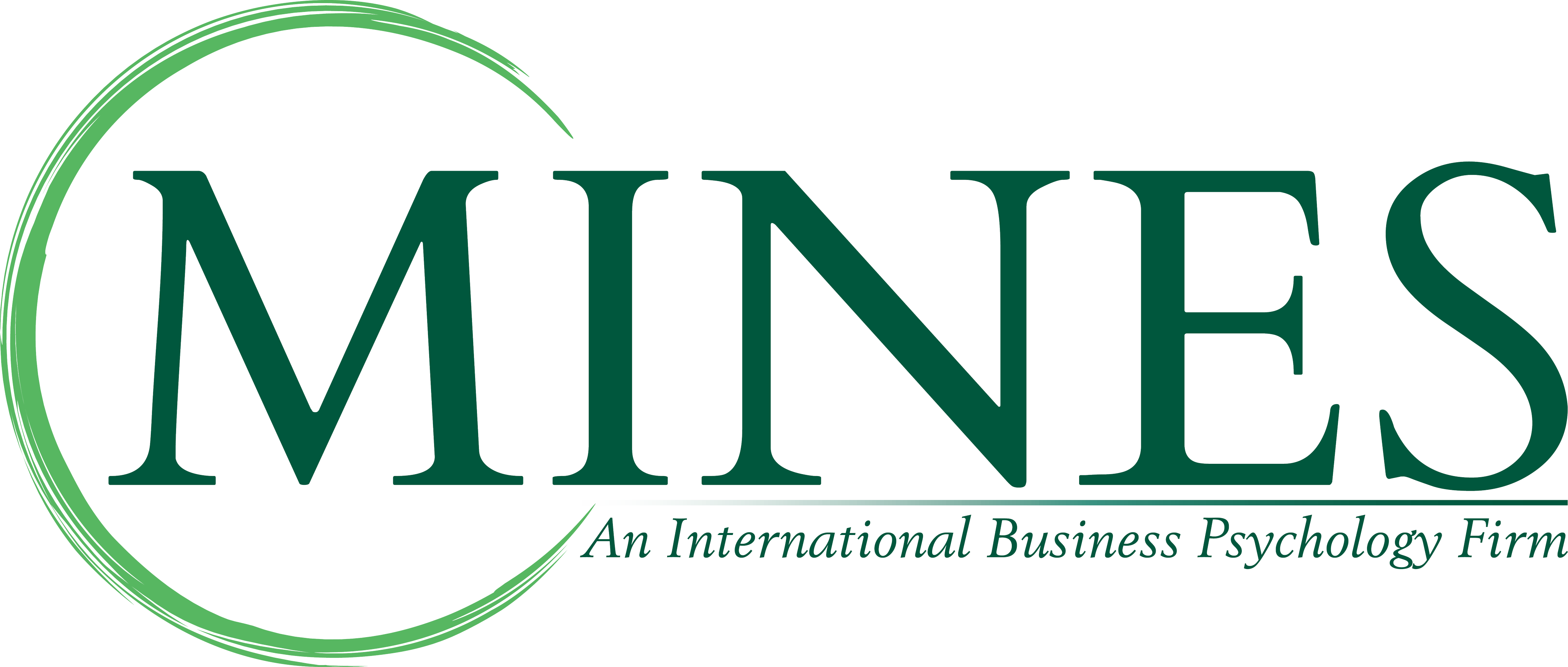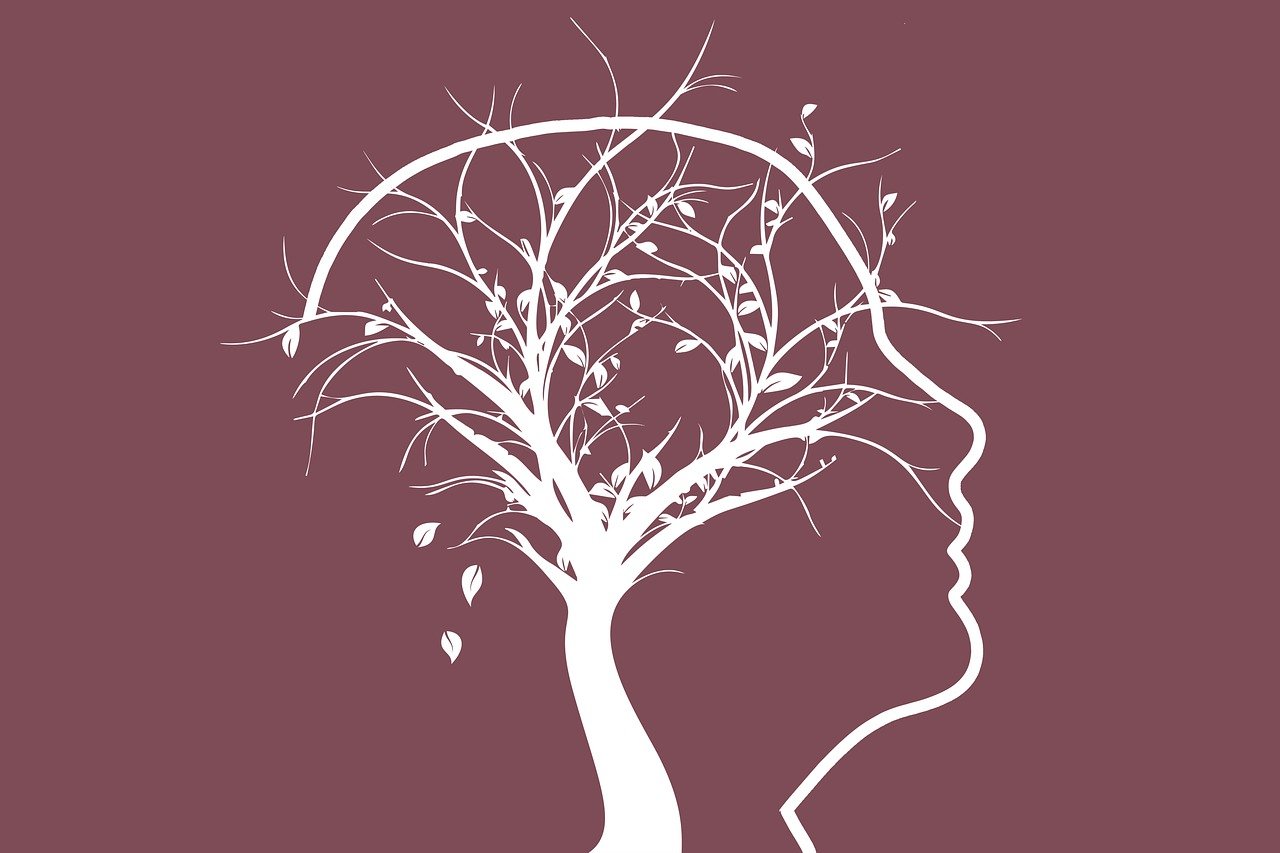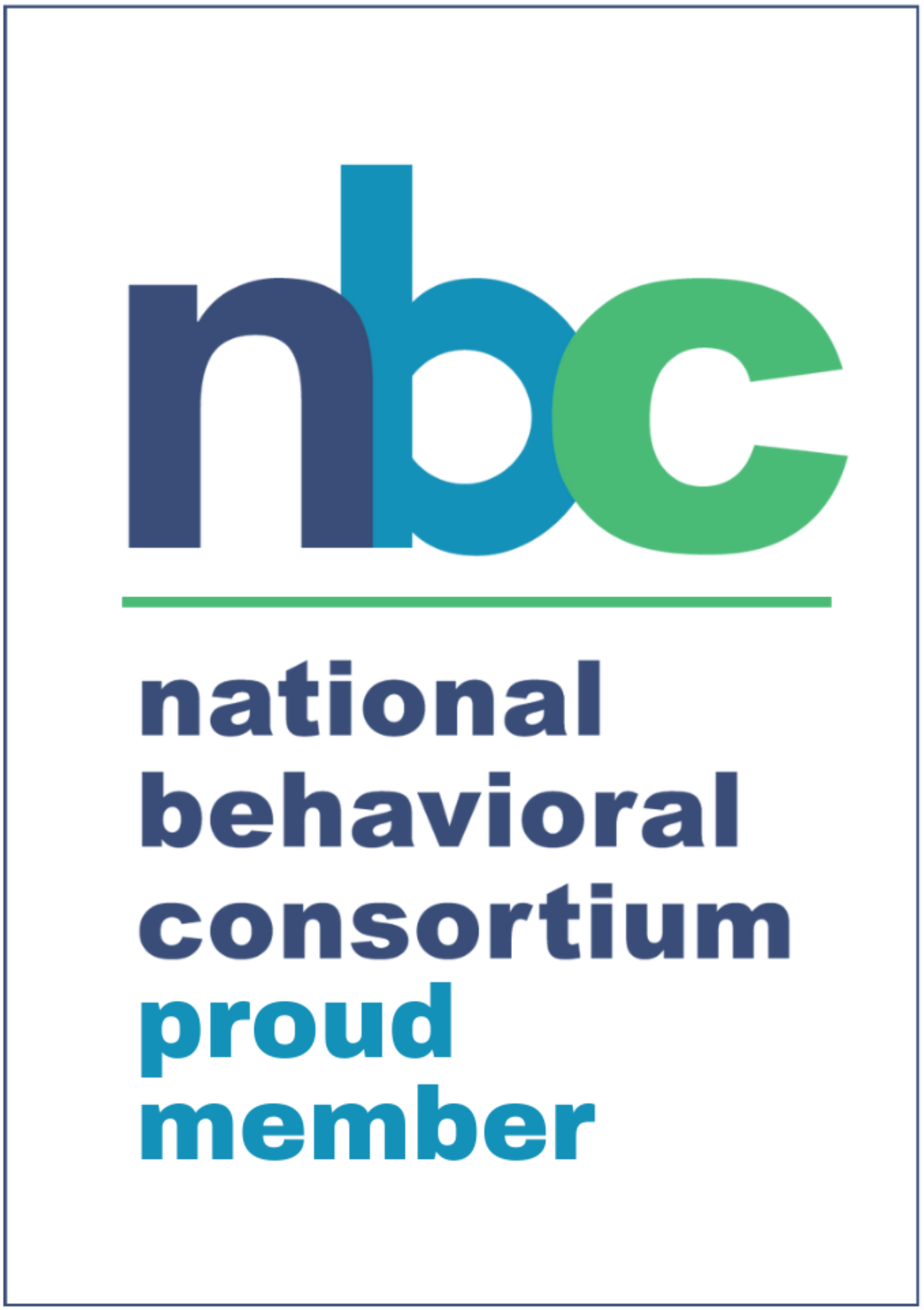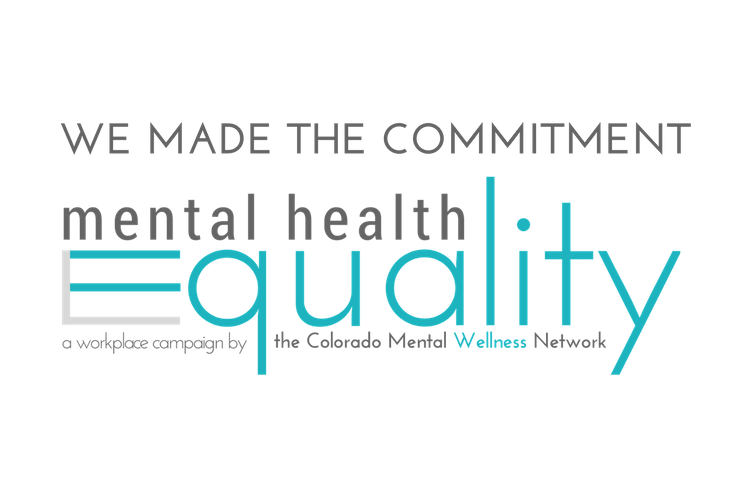Happy Mental Health Awareness Month 2024! Conversations around mental health have thankfully become more open in recent years. While this progress is significant, many people are still hesitant to seek help due to stigma and a lack of awareness.
Today, we’ll dig into how mental health awareness has progressed in recent years, what still needs to change, and how we can all do our part.
Mental health awareness is growing
One important trend worth celebrating this month is how far we’ve come in terms of mental health awareness. In decades past, people with mental health issues were treated as social rejects. People generally didn’t talk openly about mental health. Mental illness was associated with negative character traits like laziness, dangerousness, and violence.
This had very real consequences for people with mental illness. Not only were they ostracized from society, facing severe discrimination in areas like employment and housing, but the “treatment” they received was often inhumane.
Although stigma against mental health issues still widely exists across cultures, we’ve come a long way. Newer generations are talking openly and publicly about their mental health struggles. We have a better understanding that mental health comes on a spectrum; just like physical health, mental health is something that affects every one of us, regardless of whether we live with a mental illness.
The public is now more accepting of mental health concerns, especially common ones like depression and anxiety. However, research shows that the public stigma against severe and persistent mental illness (like schizophrenia) isn’t improving, and may even be getting worse.
We still have a long way to go, but there is light at the end of the tunnel.
More people are diagnosed with mental health disorders
Another big change that’s happened over the decades is that the rates of diagnosed mental illness are growing. For example, nearly 30% of Americans live with depression today – around 10 percentage points higher than the number of people with depression in 2015.
On the surface, this is a negative trend. Experts attribute the increase in rates of mental illness to factors like social isolation and loneliness, increased stress, and new technologies like social media and smartphones.
But when we look deeper, there may be some positive aspects of this trend as well. People who were previously not seeking a diagnosis or support may now feel safe enough to do so. In addition, increased awareness of what mental illness can look like – and that you can live with mental health problems like depression and anxiety even if you function well in daily life – could help people realize that they may need support.
More people are getting mental health support
A larger percentage of people have also received mental health treatment in recent years. A 2022 CDC report found that over 23% of adults aged 18 to 44 received mental health care in 2021 compared with around 18% in 2019.
This increase is also not a black-and-white issue. While it’s positive that more people are receiving support, the rise in numbers could also be indicative of the fact that more people are getting diagnosed with mental illness.
In addition, there is still a large unmet need when it comes to mental health treatment access in America. According to Mental Health America’s 2023 Mental Health in America report, over half of U.S. adults with a mental illness receive no treatment – that’s around 28 million individuals. The most common reason for not receiving treatment was not being able to afford it, followed by not knowing where to get services.
These numbers tell us that, despite decreasing stigma against mental health problems, too many people still don’t have adequate access to care.
More effective mental health treatments are available
Lastly, scientific research has provided us with innovative treatment methods that are much more effective, especially compared to the treatments that were available (like Freudian psychoanalysis) in the initial days of psychotherapy.
Effective mental health treatments include:
- Cognitive-behavioral therapy (CBT), which has been around since the 1960s, and the therapy methods (like exposure and response prevention and acceptance and commitment therapy) that use CBT concepts
- Brain stimulation techniques, like TMS therapy
- Person-centered therapy, which treats patients as worthy human beings rather than “sick patients”
- Effective psychiatric medications
Many of these treatment methods are also time-effective, meaning that they start working in a shorter amount of time. Thanks to these treatment methods available today, many people who live with mental illness are able to start feeling better within months.
How to increase mental health awareness
As a society, we’ve had many improvements in terms of mental health awareness. Despite this, mental health stigma is still widespread, and too many people don’t have access to the treatment they need. This Mental Health Awareness Month, here are some simple things that you can do to help further the conversation:
- Educate yourself and others: Take some time to learn about common mental health conditions like anxiety, depression, and PTSD. Understand the signs and symptoms so you can recognize them in yourself or others. There are many reputable online resources and organizations that offer free educational materials, including Mental Health America and the MINES website.
- Listen without judgment: When someone chooses to confide in you about their mental health struggles, practice active listening. Give them your full attention and avoid interrupting or offering unsolicited advice. Instead, focus on validating their feelings and showing empathy.
- Challenge stigma: Negative stereotypes and misinformation about mental health can be incredibly harmful. If you hear someone making insensitive remarks, politely correct them with accurate information. When opportunities arise, open conversations about mental health to normalize seeking help.
- Promote self-care: Encourage healthy habits that contribute to overall well-being. Mental health is about more than the absence of mental illness! This could include getting enough sleep (7-8 hours per night for adults), eating a balanced diet, and exercising regularly. Mindfulness practices like meditation or yoga can also be helpful.
- Lead by example: Openly discussing your own mental health journey (if you feel comfortable) can be a powerful way to break down stigma. Talking about your own experiences with self-care and prioritizing your well-being can inspire others to do the same. It’s important to remember to set healthy boundaries when discussing personal matters.
- Get mental health support: One reason people don’t get the treatment they need is because they don’t know where to find it. Learn how you can get access to mental health treatment if and when you need it. Going through your workplace’s employee assistance program (EAP) can be a great first step to receiving counseling and referrals to long-term resources. MINES & Associates offers free 24/7 confidential counseling for all of our members!
Happy Mental Health Awareness Month!
To Your Wellbeing,
The MINES Team











Leave A Comment